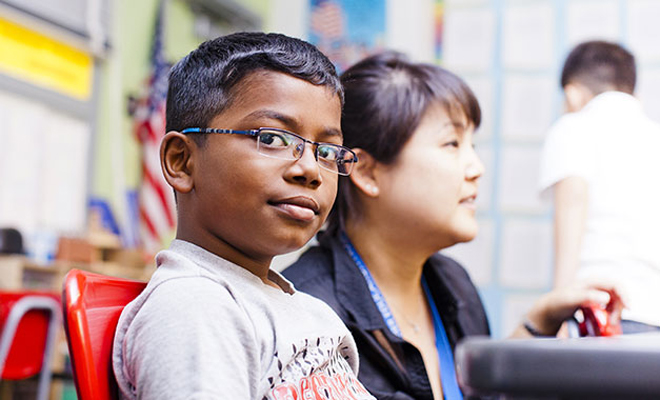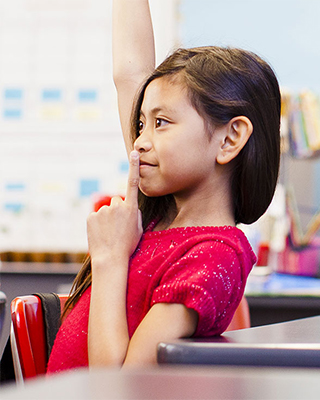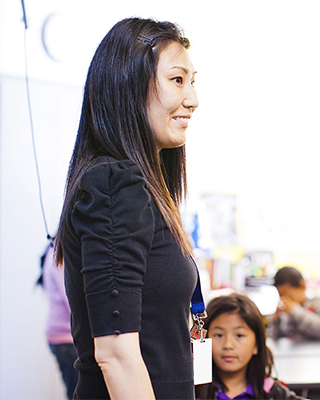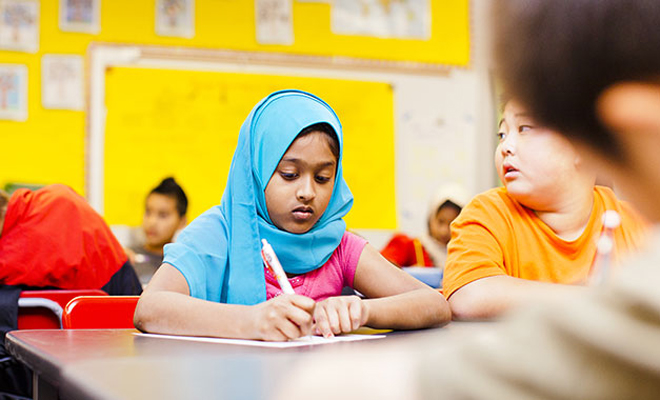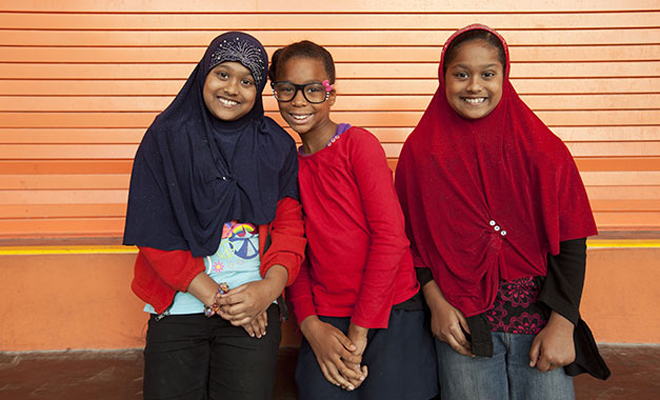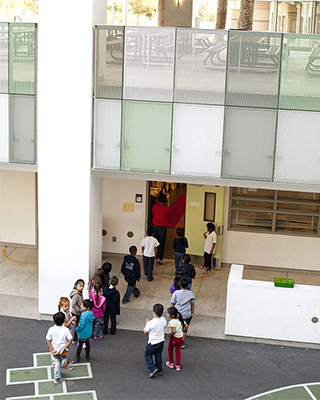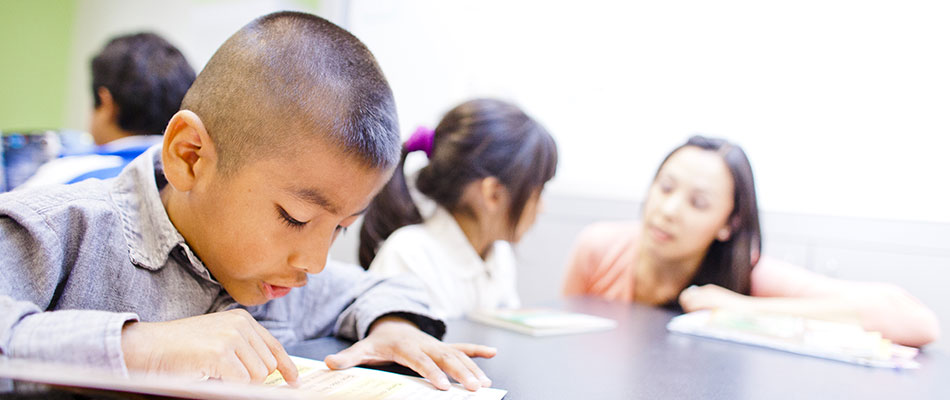In Koreatown, parents’ dreams for their children were too often diminished. Then came the UCLA Community School, with an innovative approach to K–12 education.

In academic shorthand, Pico Union/Koreatown is an area of “concentrated disadvantage.” Poverty. Unemployment. Limited English proficiency. Parents with big dreams for their children but little ability to navigate the social, cultural and financial obstacles that too often put those dreams out of reach.
Enter UCLA. In an innovative partnership with the Los Angeles Unified School District, a pilot school opened in the neighborhood in 2009: the UCLA Community School. From the 340 students who started in that first year to the 1,000 students now enrolled in K-12, the students, parents and teachers have embarked on a journey of hope – and achievement.
The curriculum uses innovations and insights honed by UCLA’s experimental Lab School – for instance, project-based learning and multi-age grouping. Community School students are making strides in mathematical problem-solving, analytical writing, creative expression and learning beyond the classroom. That’s why you’ll find Community School seniors interning at law firms and community service organizations. Or learning sailing – and the mathematics of wind velocity – at UCLA’s Marina Aquatic Center.
The UCLA Community School’s computer science program offers course work, seminars, family nights and other opportunities for students to master the computational skills so crucial for success today. “Girls in Motion,” a cadre of young Latinas, develops apps and wins local hackathons. The outcome?
95 percent of the class of 2014 is headed to college, with 55 percent admitted to four-year colleges, including University of California campuses.
